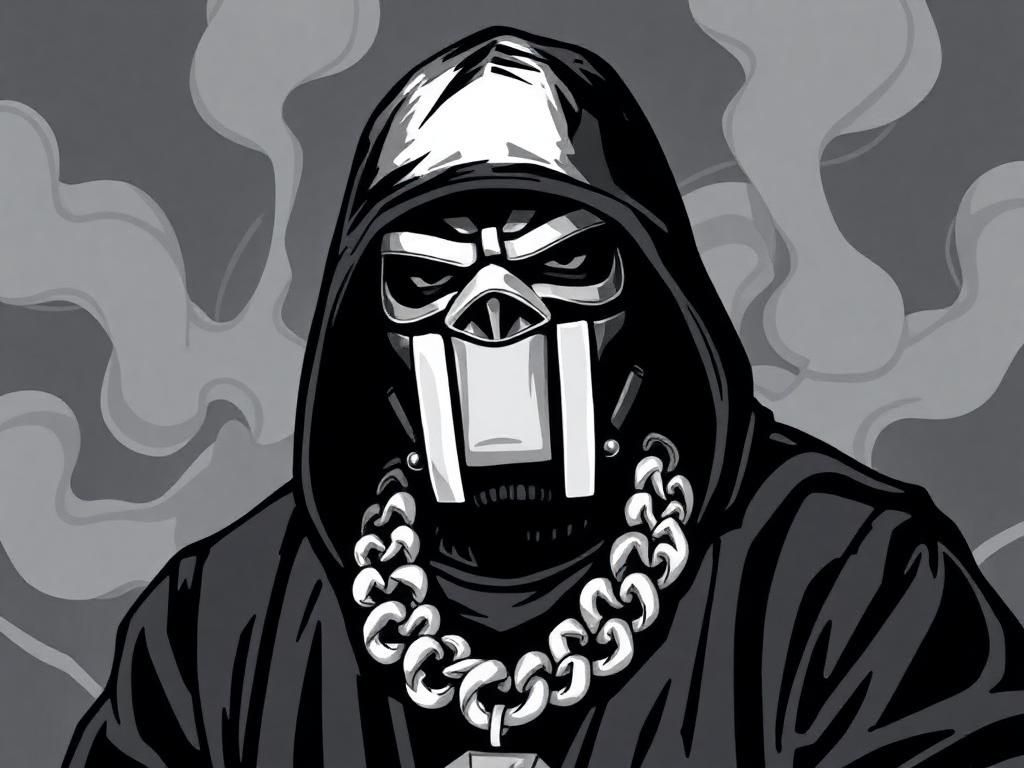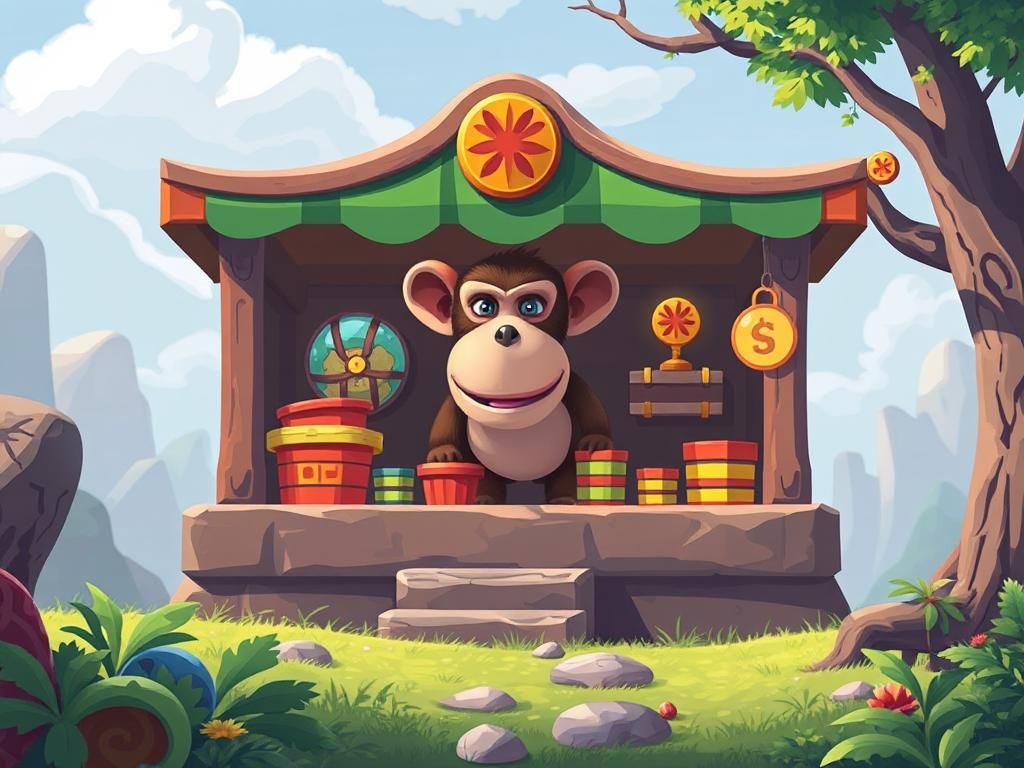MF DOOM, the masked villain of hip-hop, has left an indelible mark on the music industry. Known for his insightful lyrics, unique flow, and a penchant for anonymity, he has influenced a generation of artists and captivated fans worldwide. His masked persona is not merely a gimmick; it represents a deeper philosophy that challenges perceptions of identity in the world of hip-hop. In this article, we will delve into the complex layers of MF DOOM, exploring his background, music, and enduring legacy, ultimately unmasking the artist behind the legend.
Who Is MF DOOM?
Background and Early Life
MF DOOM was born as Daniel Dumile on January 9, 1971, in London, England. Moving to Long Island, New York, as a child, Dumile was steeped in various forms of music from an early age. Influenced by classic hip-hop artists and genres such as jazz, he began his journey into the music industry as part of the group KMD in the early 1990s. After KMD faced challenges that led to its dissolution, Dumile took a transformative step by redefining his musical identity.
The Creation of the MF DOOM Persona
Transitioning from his early career as Zev Love X, Dumile reinvented himself as MF DOOM after facing personal tragedies. The defining feature of this new identity was the iconic metal mask he wore, channeling a comic book motif that symbolized both villainy and empowerment. The mask became a representation of his artistic mission: to subvert conventional hip-hop expectations while maintaining a sense of mystique. Anonymity allowed DOOM to focus on his craft without the distractions that often accompany celebrity.
The Music of MF DOOM
Key Albums and Projects
Operation: Doomsday, released in 1999, marks a pivotal moment in MF DOOM’s career. This debut solo project established him as a significant figure in alternative hip-hop. Tracks such as “Rhymes Like Dimes” and “Doomsday” showcased his intricate lyricism and use of jazz samples, creating a sound that was both innovative and nostalgic. The album’s impact resonates even today, influencing countless musicians and changing perceptions of underground hip-hop.
In addition to his solo work, MF DOOM is known for his stellar collaborations. His partnership with Madlib on the album Madvillainy (2004) is particularly revered in hip-hop circles. This project featured tracks with clever wordplay and inventive beats, solidifying DOOM’s reputation as more than just a solo artist.
Another notable collaboration is with Danger Mouse in the project Dangerdoom. Their album The Mouse and the Mask features tracks that weave stories from Adult Swim shows with DOOM’s signature style, showcasing his versatility as an artist. He continued to collaborate with various artists, each project reflecting his unique perspective and influence in the genre.
Signature Style and Sound
MF DOOM’s musical style can be described as distinctive and eclectic. His unique flow, characterized by its rhythmical complexity and clever rhymes, set him apart in a crowded genre. He frequently used obscure samples and pop culture references, thus creating a rich tapestry of sound layered with meaning. This approach not only resonated with fans but also contributed to the popularity of alternative hip-hop, inspiring artists such as Tyler, The Creator and Joey Bada$$.
The Legend Behind the Mask
The Mystery of MF DOOM
The allure of MF DOOM’s masked persona has captivated hip-hop fans for decades. His decision to maintain anonymity was rooted in a desire to challenge the commercialized aspects of hip-hop culture. The mystery surrounding his identity and the mask’s representation of a villain is emblematic of his approach to artistry. The mask became a brand—a powerful symbol that allowed fans to focus on his music rather than his personal life.
Public Appearance and Persona
Despite his immense popularity, public appearances by MF DOOM were rare, adding to the legend of his persona. With few live performances, each one became a significant event attended by fervent fans, who relished the chance to witness the enigmatic figure in action. Reports from those attending his rare shows describe an atmosphere of reverence, as fans celebrated not just the music but also the mystique embodied by DOOM.
Stories and myths surrounding his public persona often fueled curiosity among fans and media, creating a sense of community centered around the fascination with DOOM’s identity. This sense of community was strengthened by the collective experience of enjoying his music while participating in the ongoing narrative of who MF DOOM really was.
The Unveiling: DOOM’s Real-Life Identity
The Concept of ‘Unmasking’
The notion of “unmasking” MF DOOM signifies an exploration of identity, both personally and artistically. While fans eagerly speculated about his true self, DOOM occasionally hinted at his identity in interviews, offering tidbits that blurred the line between the artist and his creative persona. His work effectively illustrated themes of real versus perceived identity, amplifying the intrigue surrounding his character.
Impact of the Reveal on His Legacy
When MF DOOM passed away on October 31, 2020, it reshaped the narrative surrounding his legacy. The revelation of his true identity prompted an outpouring of emotion from fans and artists alike. Discussions about his contributions and impact on the hip-hop community intensified, reinforcing the notion that understanding the artist behind the music adds depth to the listener’s experience.
Fan tributes and discussions flourished, celebrating not just the man behind the mask but also the enduring significance of his art. The conversations sparked by DOOM’s death highlighted the importance of recognizing both the persona and the individual, resulting in a richer appreciation of his work.
MF DOOM’s Legacy and Influence
Contributions to Hip-Hop Culture
MF DOOM’s contributions to hip-hop culture are immeasurable. His innovative style has influenced countless artists, with his penchant for storytelling and complexity leading to an expansion of what hip-hop could encompass. He played a crucial role in popularizing alternative hip-hop and enhancing appreciation for the underground scene, paving the way for future generations to follow.
In addition to his music, MF DOOM’s aesthetic has influenced visual art and fashion within hip-hop culture. The artistic choices he made—such as his album covers and videos—often drew upon intricate designs reminiscent of comic book style, emphasizing creativity and artistic expression.
The Community and Fan Tributes
The community surrounding MF DOOM is vibrant and loyal, characterized by a strong sense of connection among fans. Tribute events, social media movements, and memorials have celebrated his life and work, showing the profound effect he had on his followers. Fans continue to share their experiences and reflections on platforms, passing on the memory of MF DOOM to new audiences.
Conclusion
Unmasking the complexities of MF DOOM reveals an artist who transcended the traditional boundaries of hip-hop. His duality as a person and artist continues to resonate with fans, as his music remains a testament to creativity and introspection. The enduring impact of his work ensures that MF DOOM’s legacy will continue to influence and inspire future generations of artists and fans alike.
| Key Album | Release Year | Notable Tracks | Collaborations |
|---|---|---|---|
| Operation: Doomsday | 1999 | Rhymes Like Dimes, Doomsday | n/a |
| Madvillainy | 2004 | All Caps, Meat Grinder | Madlib |
| The Mouse and the Mask | 2005 | Aqua Teen Hunger Force, Sofa King | Danger Mouse |
FAQs
1. Why did MF DOOM wear a mask?
MF DOOM wore a mask to embody a larger-than-life persona and maintain anonymity, allowing fans to focus on his music rather than his identity.
2. What is the significance of MF DOOM’s mask?
The mask symbolizes the themes of villainy and empowerment while challenging the norms of celebrity in hip-hop culture.
3. What are some of MF DOOM’s most influential albums?
Key albums include Operation: Doomsday, Madvillainy, and The Mouse and the Mask.
4. How did MF DOOM impact the hip-hop community?
He contributed to popularizing alternative hip-hop and inspired numerous artists with his unique style and lyrical complexity.
5. What is the fan culture surrounding MF DOOM like?
Fans celebrate him through tributes, discussions, and events that honor his contributions to music, creating a loyal community.
6. How did MF DOOM’s anonymity affect his artistry?
His anonymity allowed him to explore complex themes without the restrictions of public persona, making his art more impactful.
7. What are some notable collaborations of MF DOOM?
DOOM collaborated with artists like Madlib on Madvillainy and Danger Mouse on The Mouse and the Mask.
8. What does unmasking mean in relation to MF DOOM?
Unmasking refers to exploring the complexities of his true identity and artistry, revealing deeper insights into his work.
9. How did fans react to the news of MF DOOM’s passing?
Fans expressed deep sorrow and celebrated his legacy, reflecting on his influence and contributions to hip-hop.
10. What is the main takeaway from MF DOOM’s artistic journey?
MF DOOM’s journey teaches us about the power of identity, creativity, and the impact of music in transcending boundaries.


